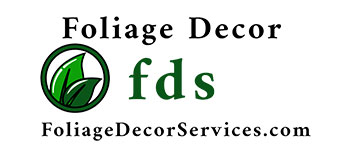Have you ever noticed that you only sneeze when you are at work or in your office? Now, have you ever noticed that you hear the echoes of other employee’s sneezes while in your office? If so, your workplace might suffer from “Sick Building Syndrome.”

What exactly is “Sick Building Syndrome,” you may ask? This common illness of sorts is a presence of common symptoms affecting a large portion of the employees in a specific building. These set of symptoms are present when employees are in the building but have no effect on the staff when they are absent from the building. Some of these symptoms include itchy eyes, nasal allergies, skin irritation, body aches and fatigue.
There are various theories as to what causes Sick Building Syndrome, however, all roads seem to point to one. Evidence suggests that it results from a workplace with low ventilation. The long-term contact with low levels of chemicals causes employees to develop reactions to these chemicals. Once it has been confirmed that your building suffers from Sick Building Syndrome, the correct measures must be taken to reinstall good health and safety for the employees.
One way to help nurse your building back to health is to furnish the office space with plant life. Studies have shown that plant-filled rooms contain 50-60 percent less airborne bacteria than those without foliage. Further research shows that the presence of plant life serves as air purification, acting as chemical pollutant suckers.
Indoor office plants are extremely beneficial in your “personal breathing zone.” This vicinity of six to eight cubic feet is the area in which you spend the majority of your day. By bringing in the beauty of the outdoors inside your office, you can decrease symptoms of a headache up to 45 percent, sore throats up to 30 percent and dry skin up to 25 percent.
To learn more about interior plantscape designs, visit our website and learn how to promote a clean, healthy office environment.
(Source: University of Technology Sydney)




